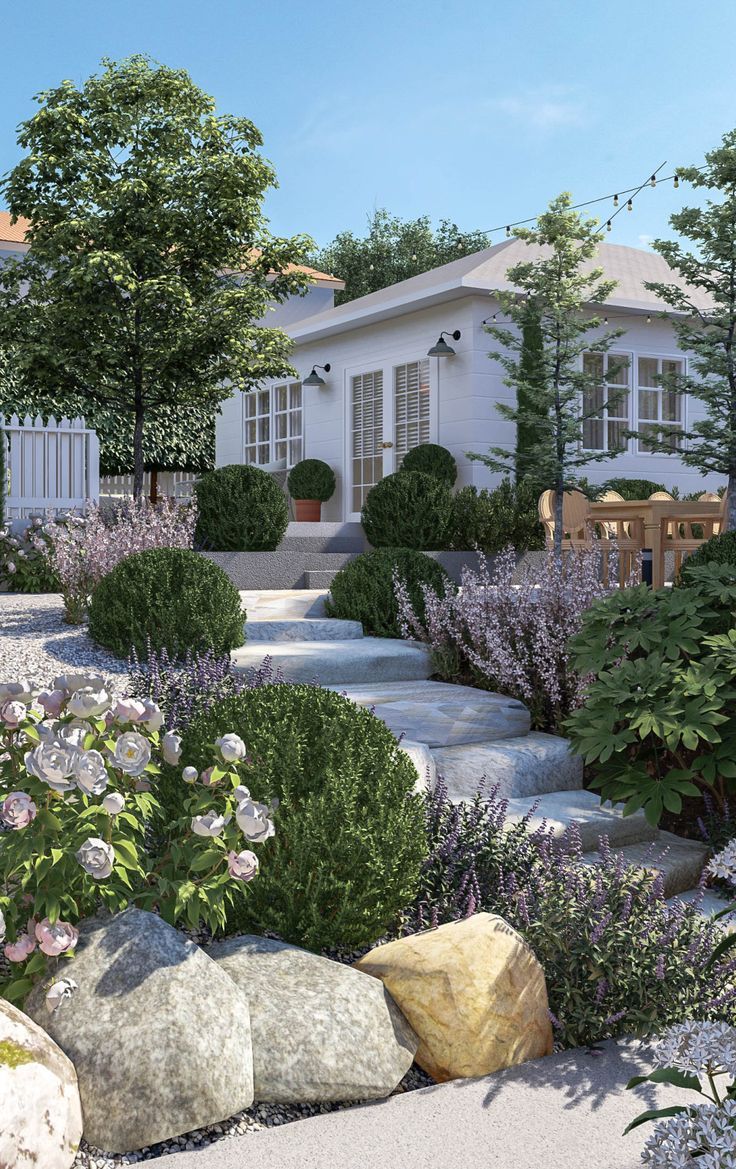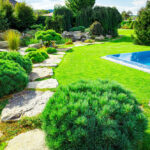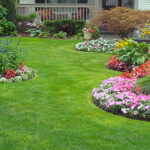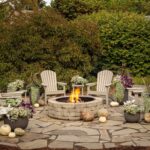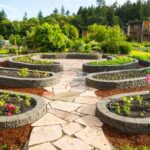Landscaping design is an essential aspect of creating an attractive and functional outdoor space. Whether you have a small backyard or a sprawling estate, careful planning and implementation of landscaping design can transform your outdoor space into a beautiful oasis. From selecting the right plants to incorporating hardscaping elements, there are many factors to consider when designing your landscape.
One of the most important aspects of landscaping design is choosing the right plants for your space. Consider factors such as sunlight exposure, soil type, and maintenance requirements when selecting plants for your landscape. Choose a variety of plants with different colors, textures, and heights to create visual interest and balance in your design. Group plants with similar water and sunlight needs together to simplify maintenance and ensure they thrive in their environment.
In addition to plants, hardscaping elements can play a significant role in landscaping design. Features such as patios, walkways, and retaining walls can provide structure and functionality to your outdoor space. Consider incorporating natural materials such as stone or wood to complement the surrounding landscape and create a seamless transition between indoor and outdoor living areas.
When designing your landscape, it is essential to consider the overall layout and flow of the space. Create designated areas for different activities, such as entertaining, cooking, or relaxing, to maximize the function and enjoyment of your outdoor space. Use pathways and borders to define different areas and create visual interest throughout your landscape design.
The principles of unity and balance are important considerations when designing your landscape. Creating a cohesive and harmonious design will result in a visually pleasing outdoor space. Use repetition of plants, colors, and materials to create a sense of unity throughout your landscape. Balance the visual weight of different elements by distributing them evenly throughout the space to create a sense of stability and harmony.
Incorporating sustainable landscaping practices into your design can help reduce water consumption and maintenance requirements while promoting biodiversity and ecological health. Consider using native plants, which are adapted to the local climate and require less water and maintenance than exotic species. Implementing water-saving irrigation systems and using organic mulch can help conserve resources and create a more eco-friendly outdoor space. By incorporating sustainable practices into your landscaping design, you can create a beautiful and environmentally friendly outdoor oasis for years to come.
